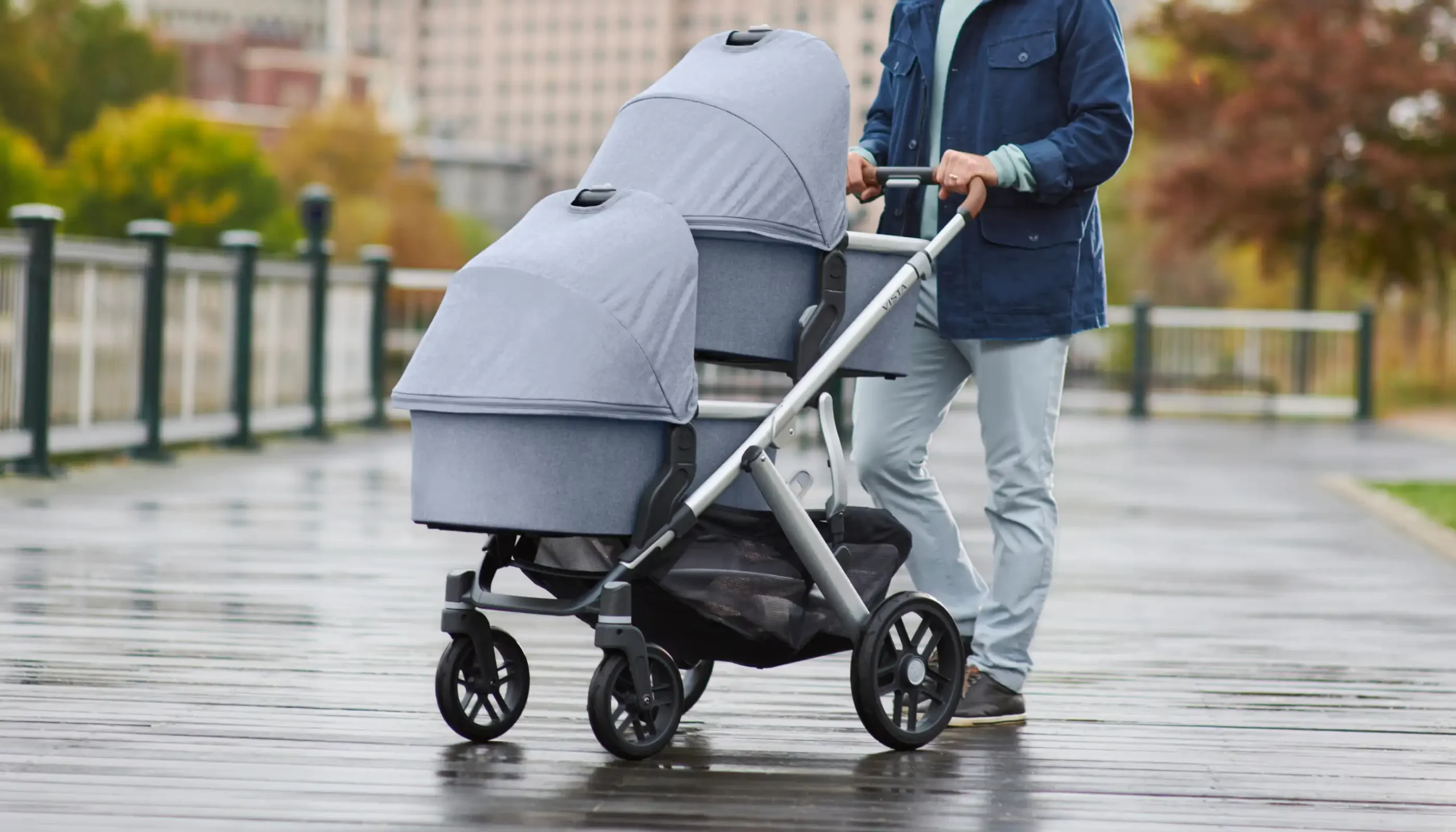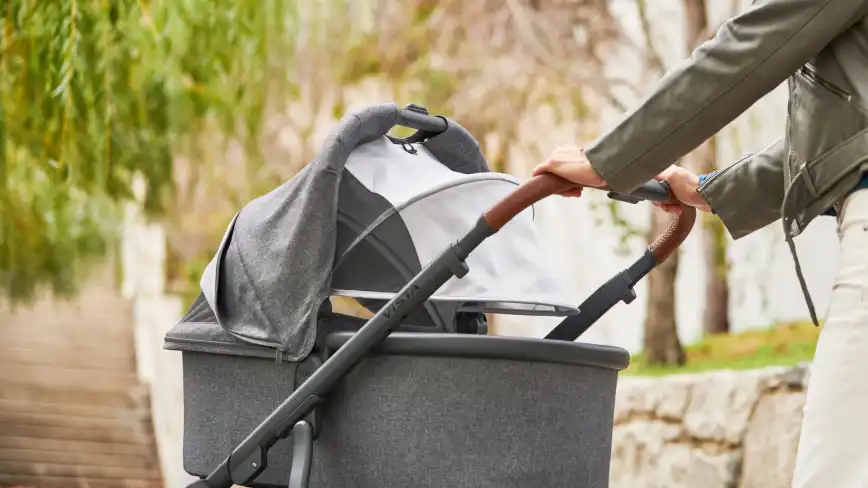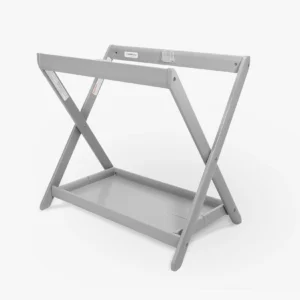Transform your Cruz, Ridge or Minu into a stroller ideal for your newborn or add a second Bassinet to your Vista for twins. Whether for naps on the go or overnight sleeping, the Bassinet allows your baby to lie completely flat.

Sleep & Stroll From Day One
Suitable from birth, attach the Bassinet to transform your Cruz, Ridge, or Minu into a pram for safe and comfortable strolls, or add a second Bassinet to your Vista for twins.













